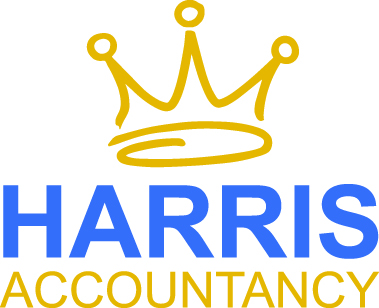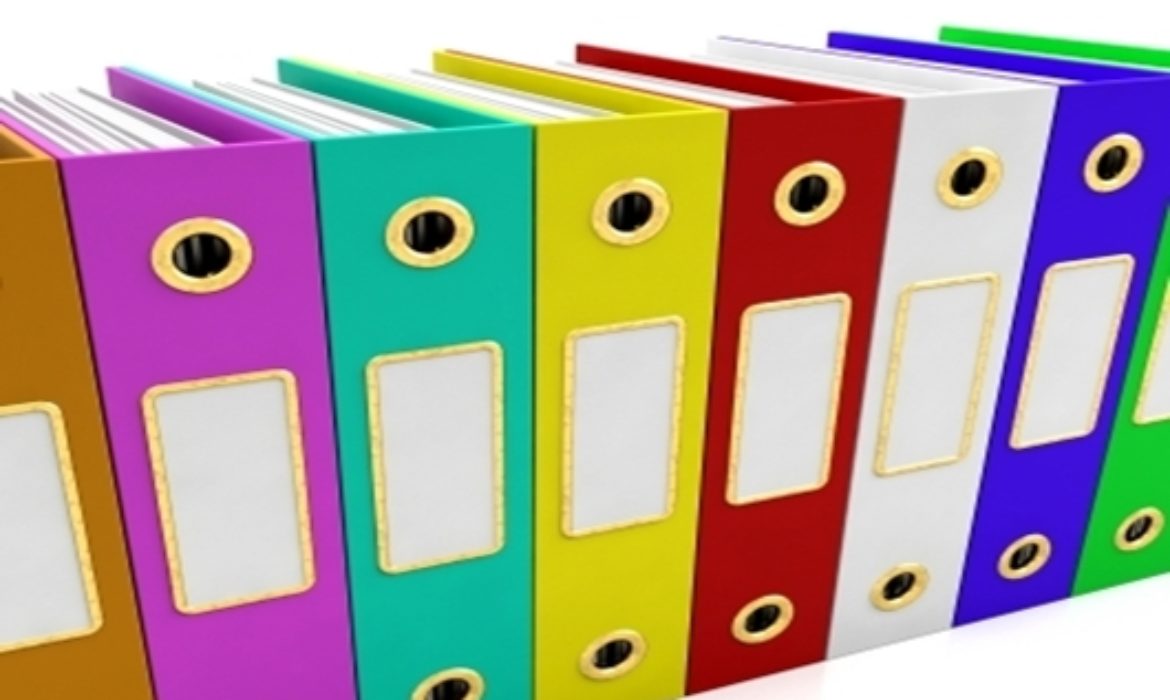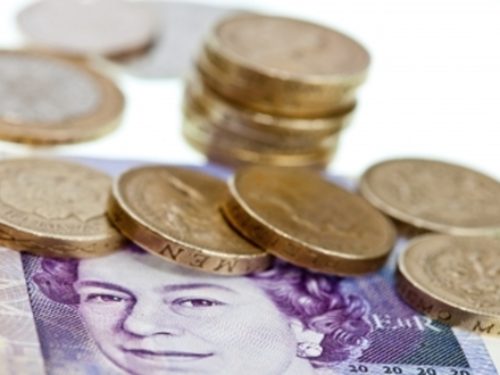 Flat Rate VAT is an alternative way for small businesses to work out how much VAT to pay to HMRC in each quarter. The rates can vary from 4% to 16.5% depending on what sector your business is operating in.
Flat Rate VAT is an alternative way for small businesses to work out how much VAT to pay to HMRC in each quarter. The rates can vary from 4% to 16.5% depending on what sector your business is operating in.
There are 2 pieces of different criteria that businesses must meet to be able to opt into this scheme.
- The different criteria in question are as followed:
- The business must be a VAT-Registered Business
- The business must have a turnover of £150,000 or less in the last 12 Months (excluding any exempt sales)
For example, if your business makes a turnover of £200,000 in the last 12 months then unfortunately you cannot opt in to the flat rate VAT scheme.
You cannot opt in to the scheme if you meet any of the following exceptions:
- If you have left the Flat Rate VAT scheme in the last 12 months
- If you have committed a VAT offence in the last 12 months. For example, VAT Evasion
- If your business is closely associated with another business
- If you use the cash accounting scheme because the Flat Rate VAT scheme has its own cash basis method of calculating the turnover
There are some criteria that if they are met then you must leave the scheme. They are as followed:
- If you are longer eligible to opt in to the flat rate VAT scheme
- Your turnover has become more than £230,000 in the last 12 months (including VAT)
- Your turnover is forecast to be more than £230,000 in the next 12 months (including VAT)
- Your forecasted total income for the next 30 days is to be more than £230,000 (Including VAT)
Breakdown of Rates
There are many different rates depending on what sector your business operates in and whether they fall into the category of being a limited cost business.
A limited cost business is a business that uses a special percentage when charging VAT. This percentage will not be 20% as this is the standard VAT rate.
If the business is in the first year of being a VAT registered business then they will get a 1% discount.
If your business is a limited cost business then you meet the following criteria:
- Spending amount of goods is less than 2% than your turnover
- Goods spending cost is less than £1,000 a year (only if costs are more than 2%)
This means that the business will have the VAT rate of 16.5%
If your business doesn’t fall into the category of being a limited cost business then the rate used would depend on the sector you operate in. Some of the rates are as followed for certain sectors:
- Social Work – 11%
- Sport or Recreation – 8%
- Management Consultancy – 14%
To get the full list of rates and more information associated with the flat rate VAT scheme then please visit the following website here >
Claiming VAT back on an asset
Using the VAT flat rate, you can only reclaim VAT on capital assets over the value of £2,000.
An example of a capital asset could be an item of computer equipment like a PC or a Camera.
A capital asset is an item that is used for more than one year within the business that is not likely to be sold but used in the business.
If you are trying to reclaim VAT on an asset worth more than £2,000 then you must use the vat rate charged by the supplier which the asset was bought from. For example, if the supplier charges 20% VAT on the purchase of the asset then you can claim the VAT back of 20%.
You cannot claim the VAT on the asset if the asset falls into the following criteria:
- Value of the asset is less than £2,000 including VAT
- More than one purchase from different suppliers is made to make up the overall value of the asset
- The asset is a service (leased to the company but never owned/bought)
It is not liable to claim back any VAT from the purchase of this asset as HMRC have already taken this into account when working out your flat-rate percentage for the specific industry you operate in which is lower than the standard rate of 20%.
For More information about claiming VAT back on an asset, please click here >
Article by Ryan Harpin





